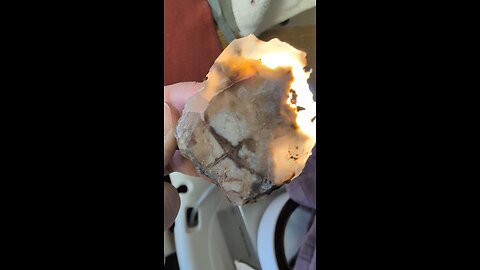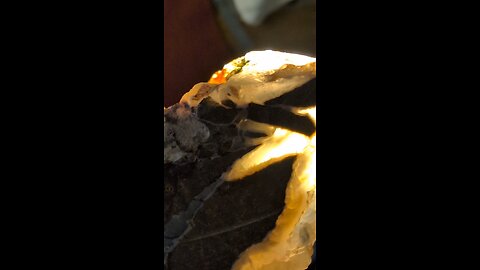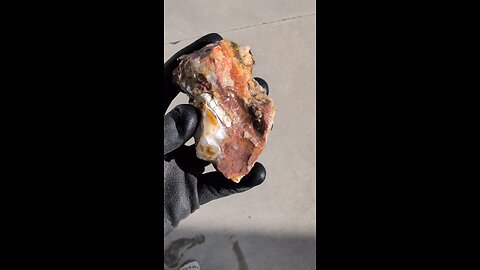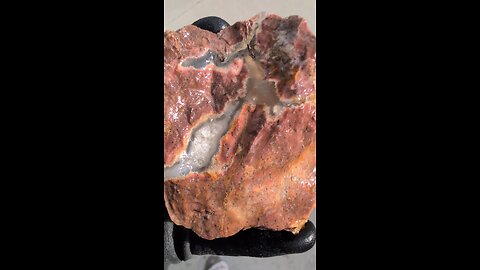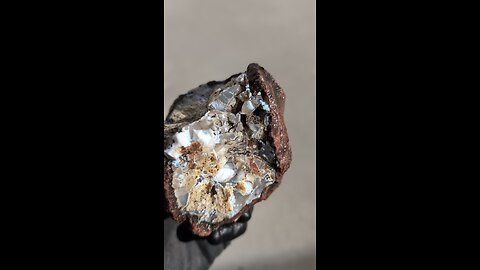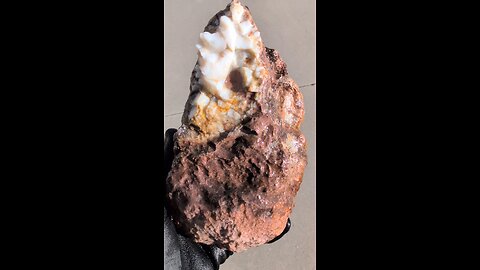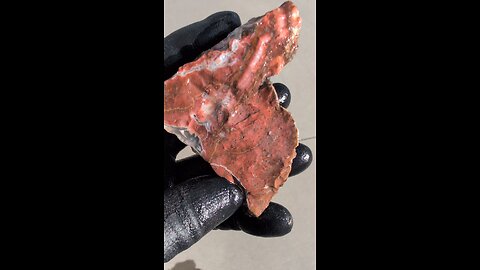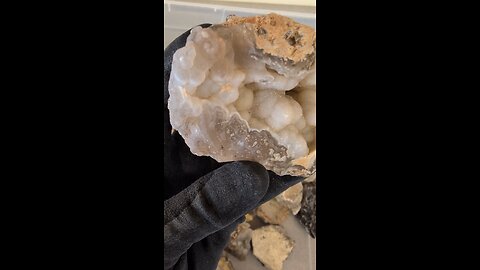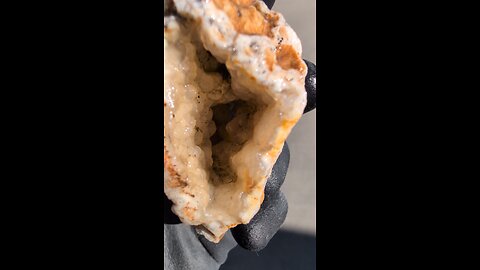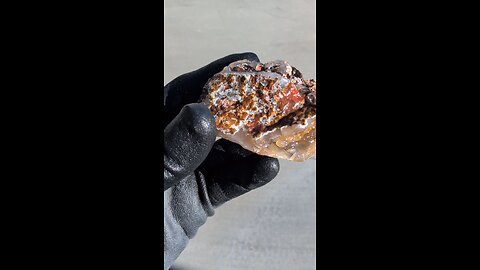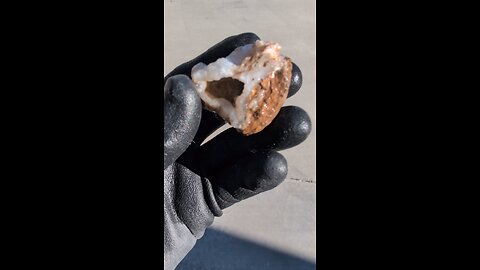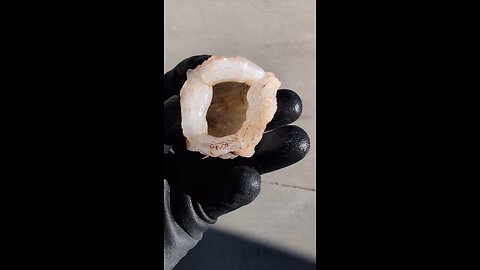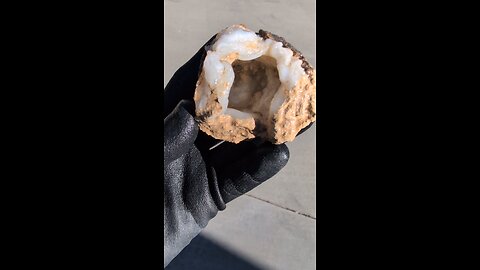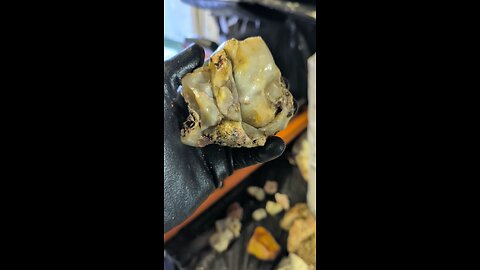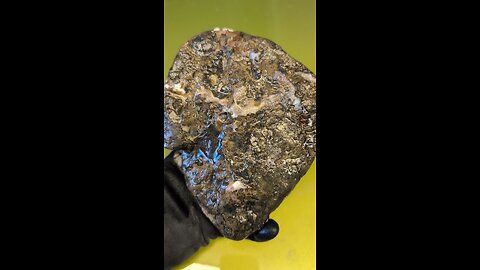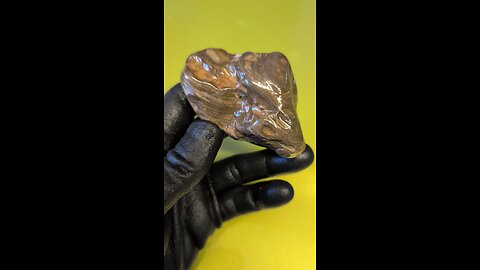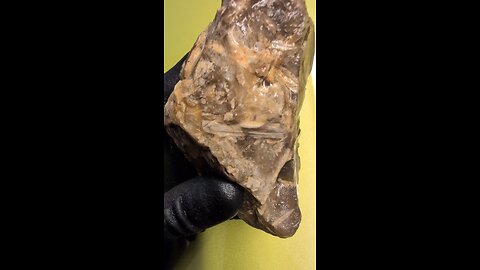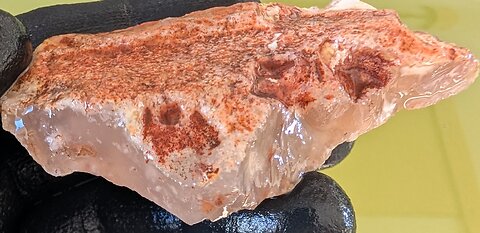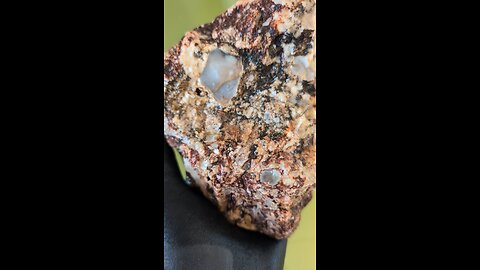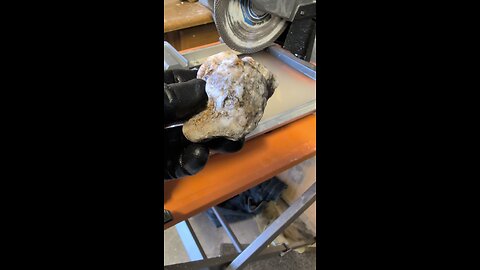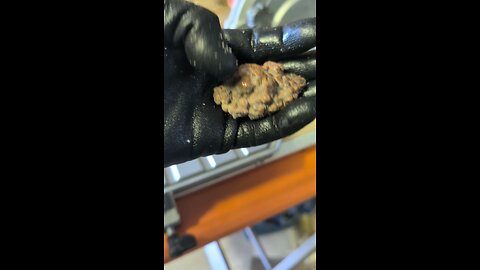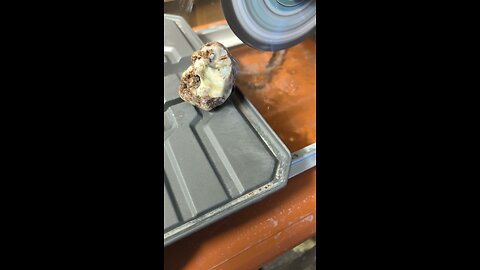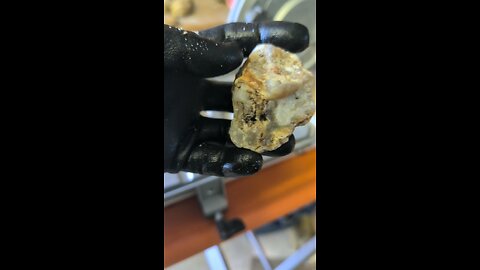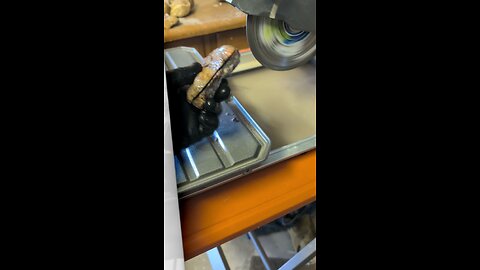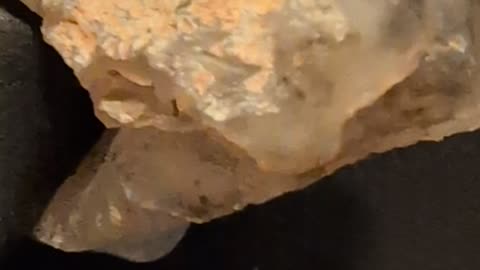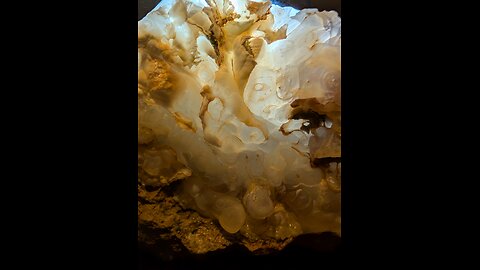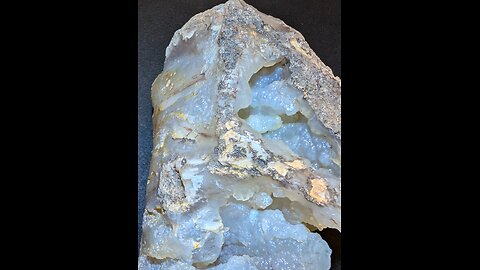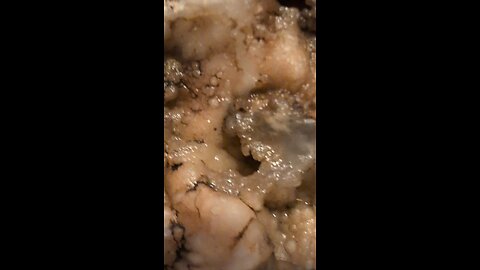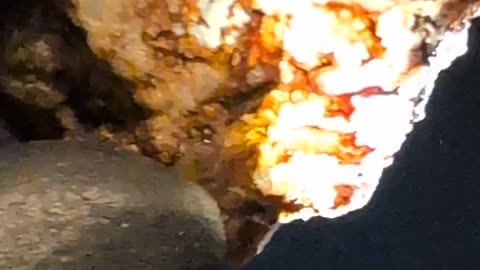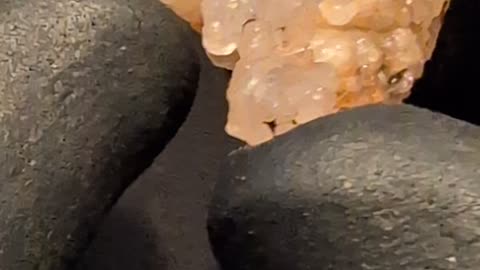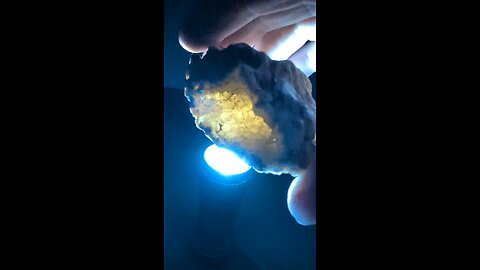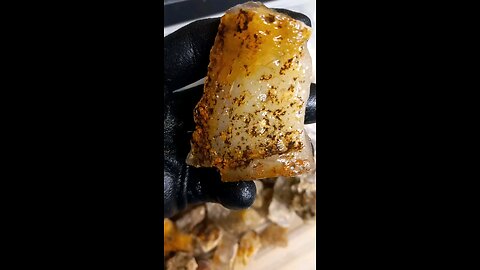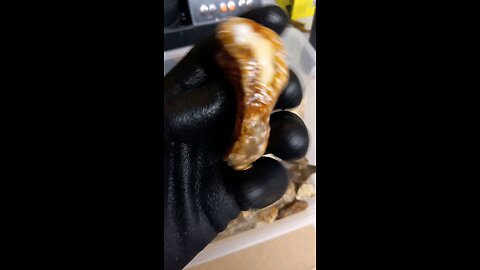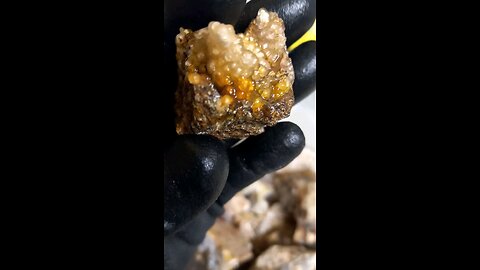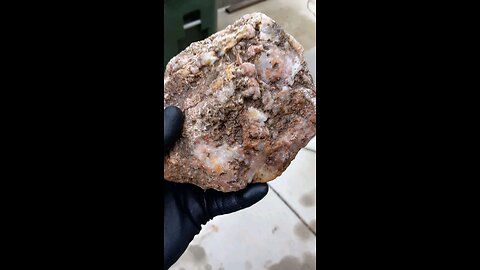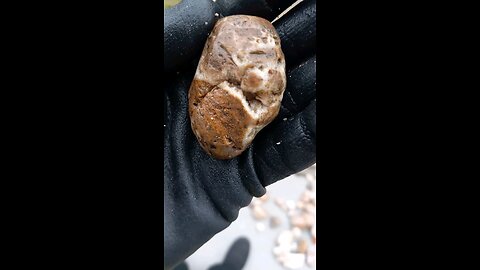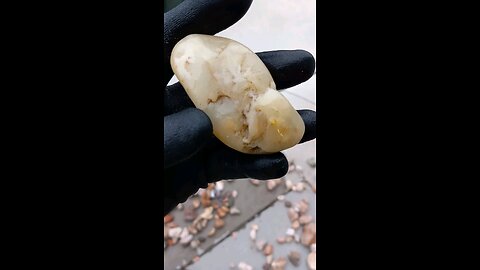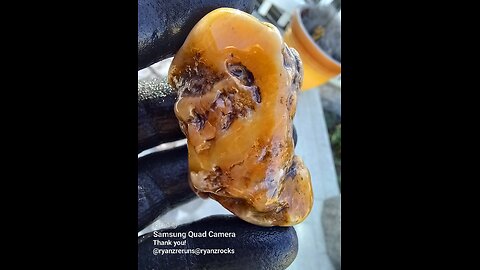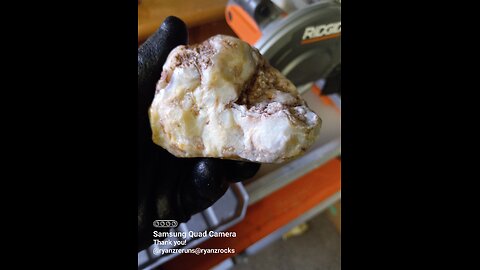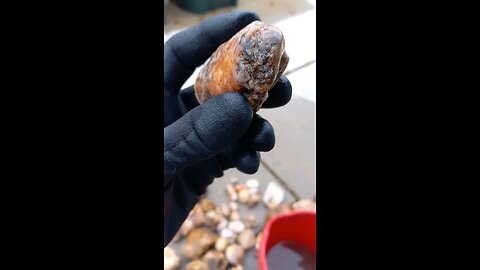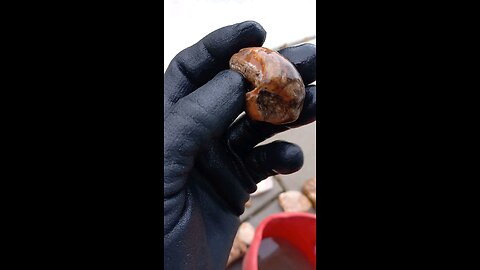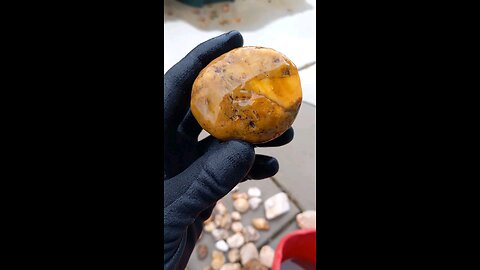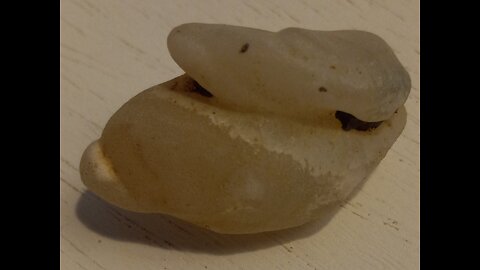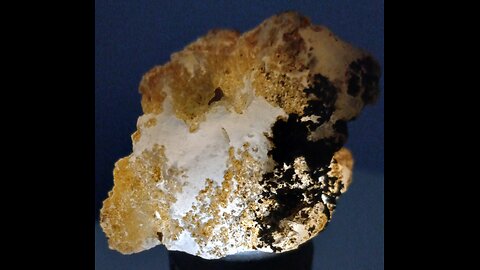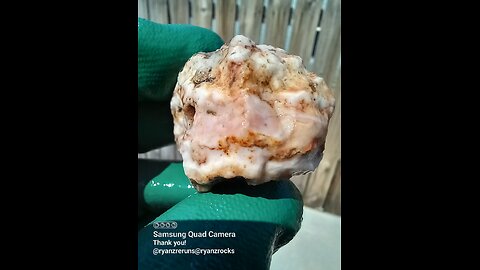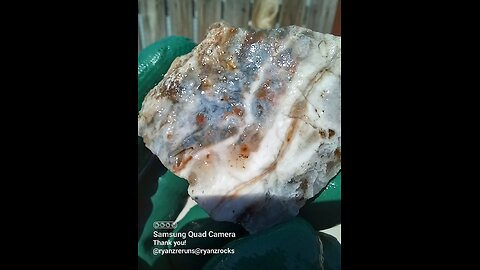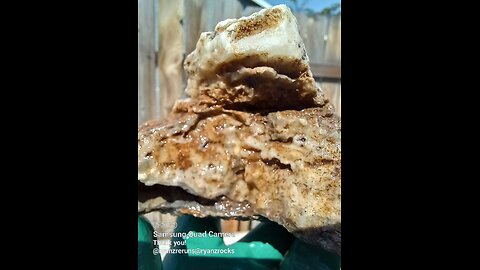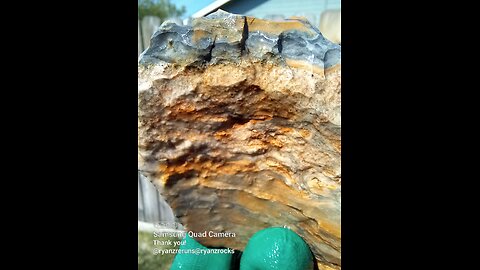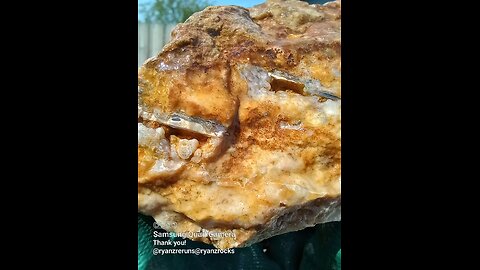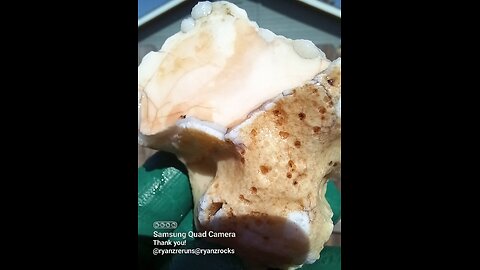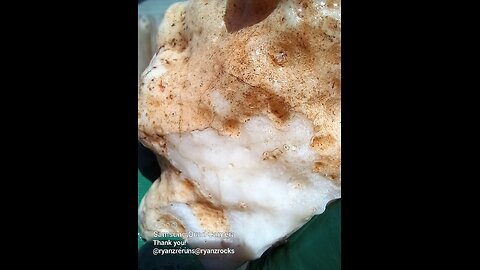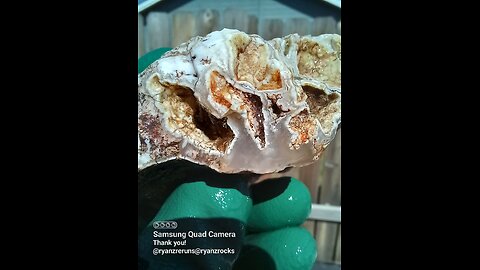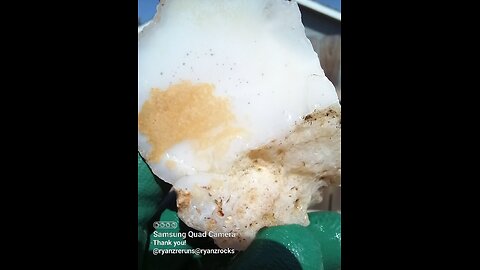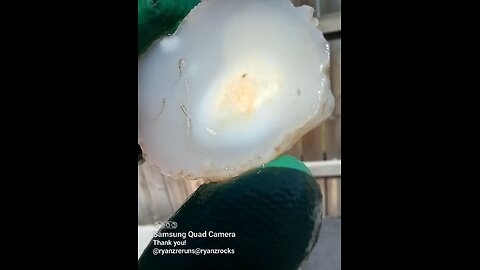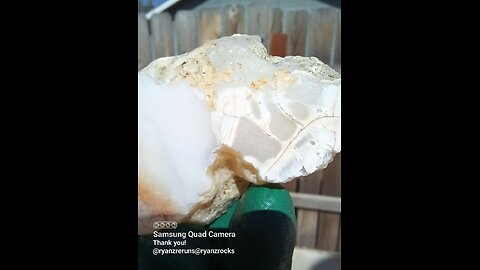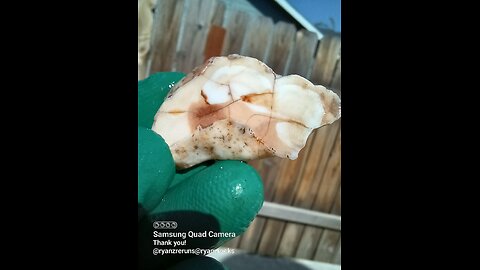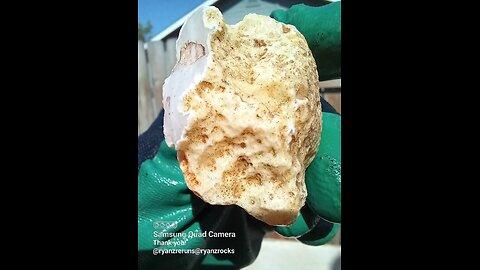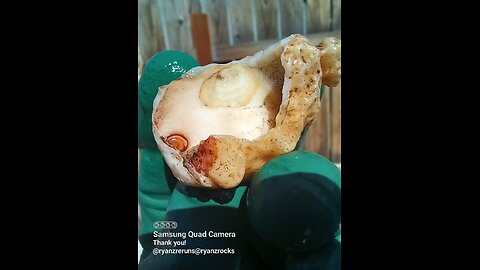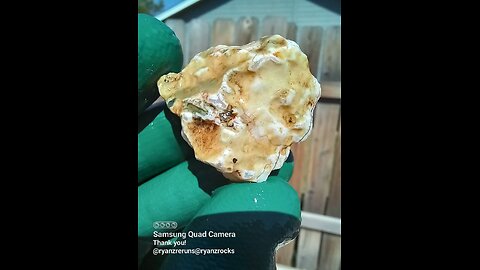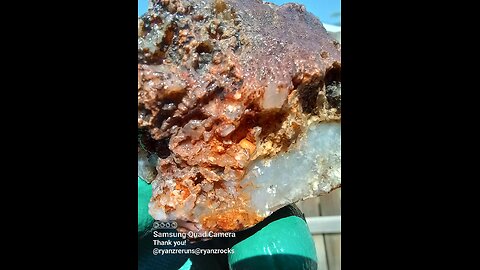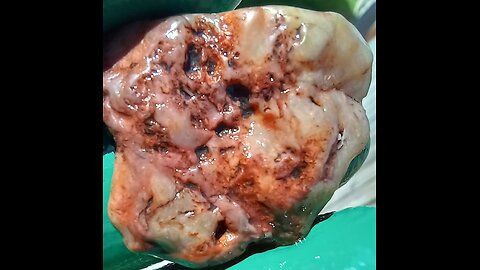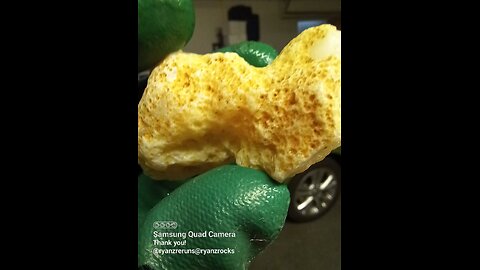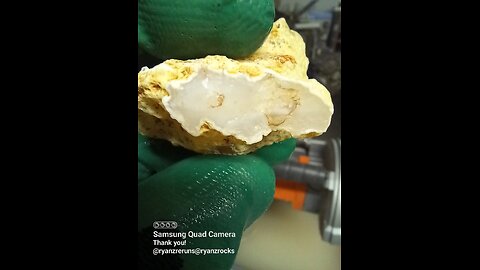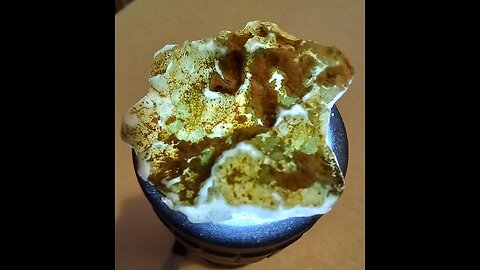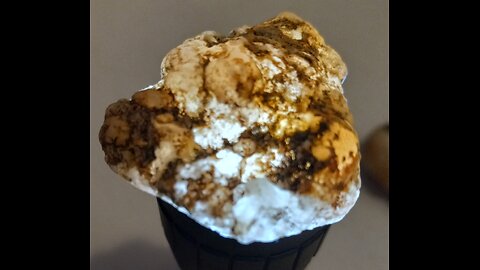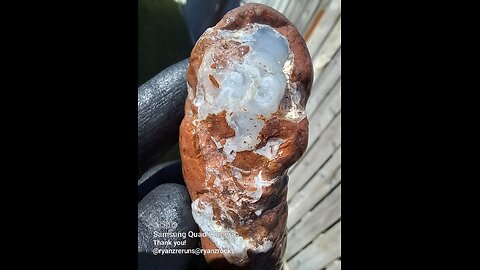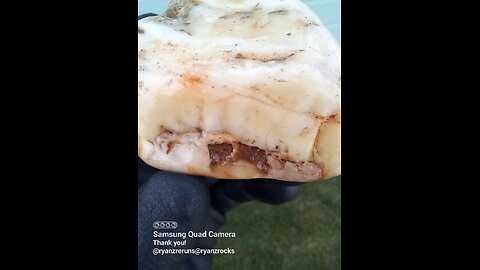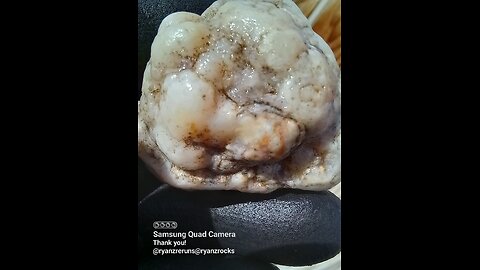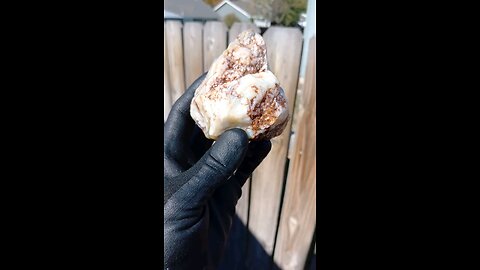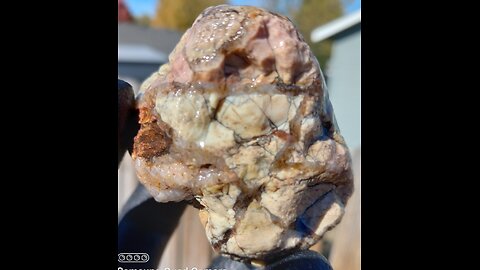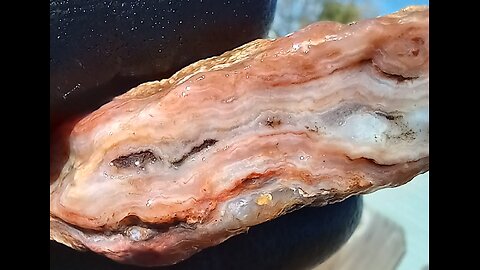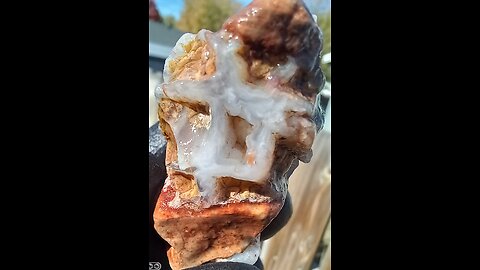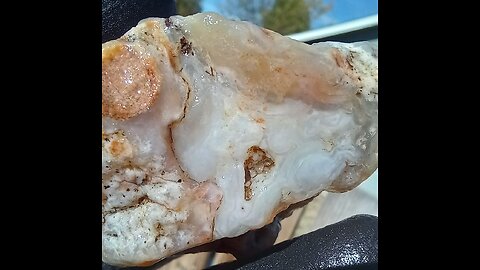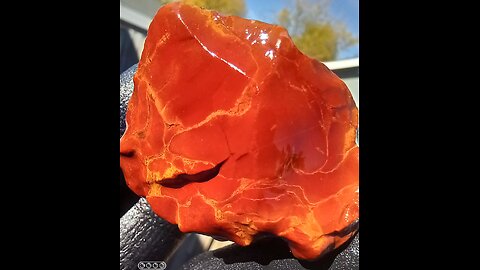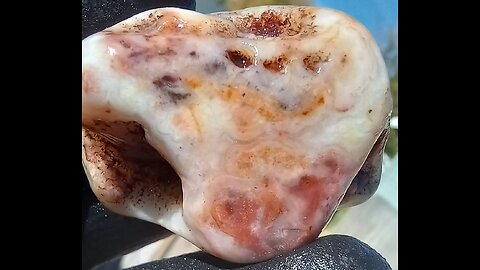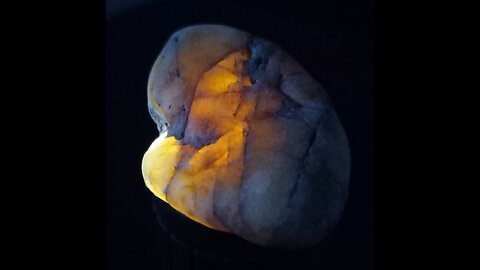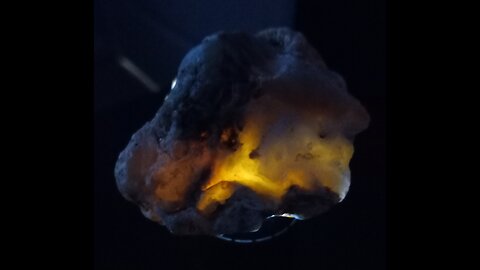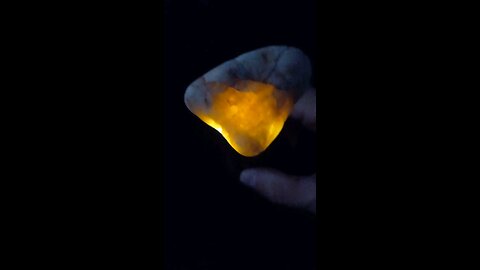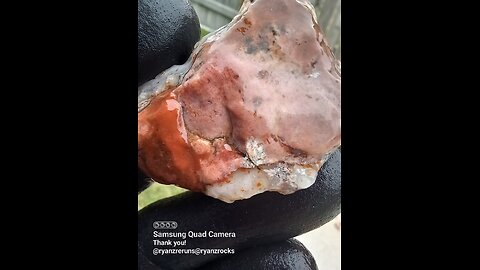Premium Only Content

Chalcedony glow!
Botryoidal Chalcedony n' Jasper Glow!
Broken Thunderegg Cluster!
Chalcedony n' Quartz Veins!
Half a thunderegg!
Thunderegg Cluster w Common Opal!
Red Thunderegg Shard!
Botryoidal Geode!
Botryoidal Geode!
Botryoidal Plume Agate!
Chalcedony Geode!
Geode Shot Glass!
Chalcedony Geode w/opal!
Agate Cut!
Hot mess of Conglomerate!
Jasper w/iron inclusions!
Chalcedony Chunk!
Plume agate!
Can't wait to cut this one!
Crazy Lace Agate Cut!
Thundereggs?
Chalcedony & Crazy Lace Cut!
Plume w/CrazyLace cut!
Thought it would be three thundereggs!?!?
Plume botryoidal chalcedony nugget!
Plume slice!
Botryoidal slice!
Plume agate inspection!
Plume flow!
Botryoidal Chalcedony Nugget!
Botryoidal Glow!
Square geode!
It's curved!
Botryoidal formations!
Jasper, Chalcedony, Opal & ???
Nodule with crystals!
Chalcedony or Opal!?
Chalcedony!
Carmel Chalcedony Nugget!
Clear/White Banding!
Looking for colors!
Love the orange/yellow!
Some botryoidal goins' on!
One 4 cuttin'!
Green & White Chalcedony!
Chalcedony or Opal?
Botryoidal chalcedony!
White botryoidal chalcedony?
Agate w/Orange Chalcedony!
Smooth Shard!
White Chalcedony Inside!
More Cut White Chalcedony!
Glow Shard!
Nice Glow!
Opal or Chalcedony?
Chalcedony & Jasper!
White/Yellow Chalcedony!
Botryoidal chalcedony!
Yellow & White Chalcedony!
Agate Nodule w/Chalcedony!
Sandwich o' Chalcedony!
Chalcedony Sqared!
Chalcedony Blob!
Pretty Red Jasper!
Beautiful Colors!
Chalcedony?
Chalcedony!
Quartz or Chalcedony!?!?
Chalcedony from a Thunderegg!
Chalcedony!
Chalcedony!
Thunderegg Cluster w Common Opal!
A Thunderegg is a geological structure similar to a geode but with unique characteristics. Here's an overview:
Formation: Thundereggs form within rhyolitic volcanic ash layers. They start as gas bubbles or steam pockets in the lava, which act as molds. Over time, these are filled with silica-rich fluids, mainly chalcedony, agate, jasper, or opal, creating intricate patterns and colors inside.
Appearance: On the outside, thundereggs look like ordinary, rough-textured rocks, often with a white-gray to reddish-brown surface. However, when cut and polished, they reveal a variety of internal structures, from solid agate or chalcedony cores to sometimes hollow centers with crystals.
Size: They can range from small, about the size of a baseball, to larger specimens over a meter across, though most commonly they are between two to six inches in diameter.
Locations: While Oregon, USA, is particularly famous for thundereggs, especially in counties like Crook, Jefferson, Malheur, Wasco, and Wheeler, they are found globally wherever the geological conditions are right. Other notable locations include Germany, Australia, Brazil, Canada, Mexico, Poland, Romania, and Turkey.
Cultural Significance: In Oregon, the thunderegg was designated as the state rock in 1965, reflecting its importance in local geology and culture. Native American legends attribute their formation to thunder spirits or gods throwing these rocks during thunderstorms.
Collection and Use: Thundereggs are popular among rock collectors for their unique beauty once cut open. They're often used in jewelry making or as display pieces due to their aesthetic appeal after being sliced and polished.
Variations: Each thunderegg is unique due to the minerals present in the area where it forms, leading to a wide variety in color, pattern, and structure even from the same bed.
-
 LIVE
LIVE
Benny Johnson
1 hour agoTrump FIRES All Federal Prosecutors, Pam Bondi CHARGES Letitia James! NY Flips MAGA!? RFK Vote LIVE
15,315 watching -
 53:31
53:31
The Rubin Report
2 hours agoWhat Democrats Got Wrong & What They Can Learn from Trump | Ro Khanna
13.5K6 -
 LIVE
LIVE
Steven Crowder
3 hours ago🔴 Here's Exactly Why Trump's Ukraine Plan is Triggering Dems & NeoCons
40,599 watching -
 LIVE
LIVE
LFA TV
16 hours agoIT'S OUR TURN, YOU'RE NEXT! | LIVE FROM AMERICA 2.13.25 11AM
6,008 watching -
 DVR
DVR
Bannons War Room
1 year agoWarRoom Live
114M -
 2:56:11
2:56:11
Right Side Broadcasting Network
11 hours agoLIVE: Kash Patel Nomination Vote for FBI Director - 2/13/25
118K138 -
 35:20
35:20
Rethinking the Dollar
1 hour agoThe Dollar Is Trapped! Prices Rise As Money Supply Climbs
8.01K -
 2:47:15
2:47:15
Barry Cunningham
4 hours agoWATCH LIVE: KASH PATEL COMMITTEE VOTE AND RFKJR CONFIRMATION VOTE
27.6K17 -
 53:25
53:25
PMG
10 hours ago $0.34 earnedCuban Doctor EXPOSES the Communist Coup of Modern Medicine w/ Dr. Silva
6.51K -
 42:57
42:57
BonginoReport
5 hours agoTrans City Council Meeting Descends Into MADNESS (Ep.139) - 02/13/2025
82.1K185
